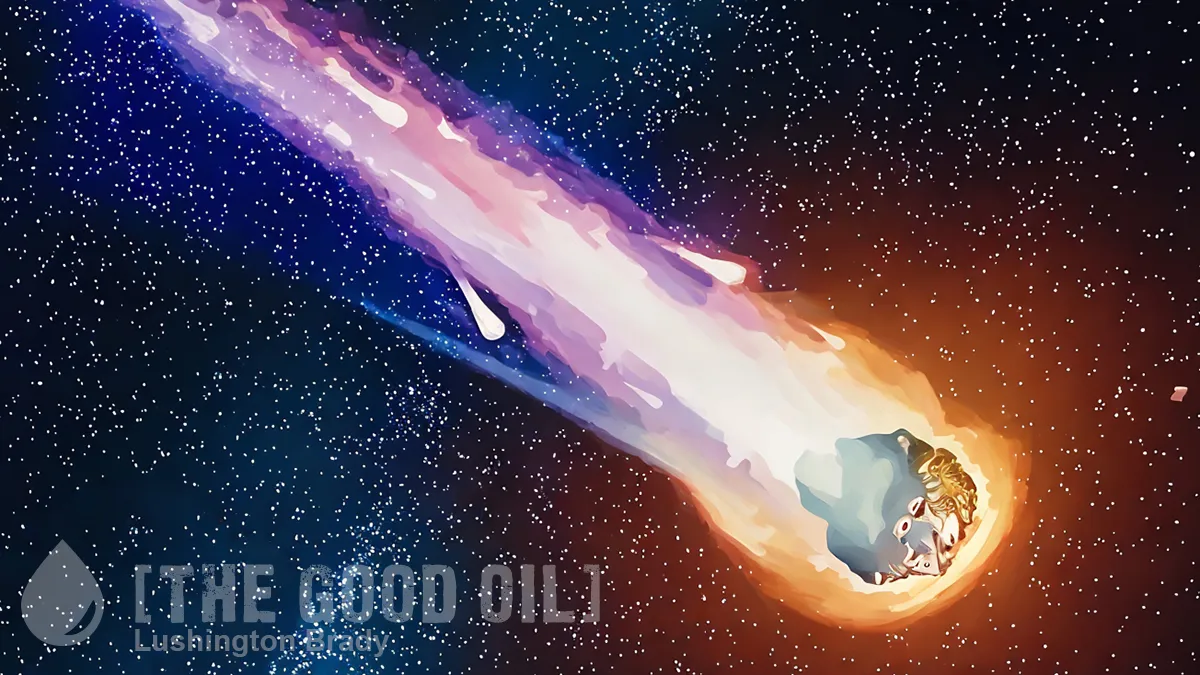You logically shouldn’t judge an argument by who made it… but there are some people who are so consistently wrong that, whatever they say, the opposite is almost certain to be true.
So there’s no surer proof that hysteria over the so-called “Sixth Mass Extinction” is as baseless as the Climate Cult than that Paul Ehrlich is pushing it. Ehrlich has famously been wrong for almost his entire career. He first shot to fame in the 1960s with one of the most influential books in the eco-catastrophist canon, The Population Bomb. Ehrlich confidently, unequivocally, ruled that the world would be swept by catastrophic famine by the 1980s. Even the United States would face mass starvation: no if, no buts. It was “unavoidable”.
Suffice to say, Ehrlich was very, very, very wrong. But, like Professor Wrongo himself, pandemic panicker extraoridinaire Neil Ferguson, being consistently and completely wrong has never damaged Ehrlich’s career, let alone dented his cult-like following in environmental circles. Ehrlich was back in the headlines recently, shrieking that the “Sixth Extinction” is well underway.
Spoiler alert: it isn’t.
According to a new study, however, the percentage of extinctions caused by global temperature increases from climate change will not reach the same level as a major mass extinction event, at least not in the near future.
Which is as close as you’ll get the legacy media to admitting that they’re wr… wr… wroooo… not right.
During a mass extinction, a high percentage of global biodiversity is extinguished faster than it can be replaced, and this happens over a relatively short period of time by geologic standards — less than 2.8 million years, according to the Natural History Museum in London(opens in new tab). Species may go extinct for a number of reasons, so to understand what a “normal” extinction rate looks like, ecologists measure what is known as the “background rate”‘ of extinction, said the study’s sole author Kunio Kaiho, a professor emeritus at the Department of Earth Science at Tohoku University in Japan.
According to Kaiho, “5-10% species extinctions in 1 million years corresponds to the background rate.” A higher rate, such as “more than 10% species extinction in a short time (e.g., hundreds of years) is a significant event,” Kaiho told Live Science in an email.
The only problem is that, not just the “background rate” of extinctions, but the current rate of extinctions is a fraught exercise. The fossil record is far patchier than many people realise, and it tends to overrepresent particular species. Those with hard body parts, for instance, or in environments like marine environments, where specimens are quickly covered with oxygen-poor, preserving sediments. It also tends to overrepresent larger, more abundant species.
On the other hand, current estimates of extinctions not only count species which might be less common in the fossil-record, such as insects and other invertebrates, but involves a great deal of what is little better than educated guesswork. It’s also distorted by activists who have an emotional commitment to hyping up supposed extinctions as much as possible.
Major mass extinctions result in “more than 60% species loss,” Kaiho said. However, “minor mass extinction [events] occurred more frequently.” In the new study, published July 22 in the journal Biogeosciences, Kaiho argues that changes in climate cause higher extinction rates, but that the present rate cannot yet be considered a mass extinction event by this strict definition.
While previous major mass extinction events could be associated with drastic changes in the global climate, there’s an important caveat: those events were not just drastic in scale (dwarfing the mild warming of the 20th century), but shockingly rapid. That’s because the climate changes were likely caused themselves by sudden, cataclysmic events.
Because prior mass extinctions were triggered by volcanic eruptions and, in the case of the Cretaceous event, an asteroid impact, the resultant changes in climate were rapid and drastic. In the study, Kaiho argues that the speed of environmental change is more important than the magnitude of change alone in causing massive extinction rates, because “during slow climate changes, animals can migrate to survive.”
Live Science
Major mass extinction events also involve not just 60% species extinctions, but 35% of genera. There are an estimated 239, 093 genera in the Animalia kingdom alone.
So, in an inverted way, we can likely not take Paul Erhlich’s word for it: there is no Sixth Extinction. The useless, middle-class loonies can stop glueing themselves to the roads and try and do something useful with their feckless lives, instead.









